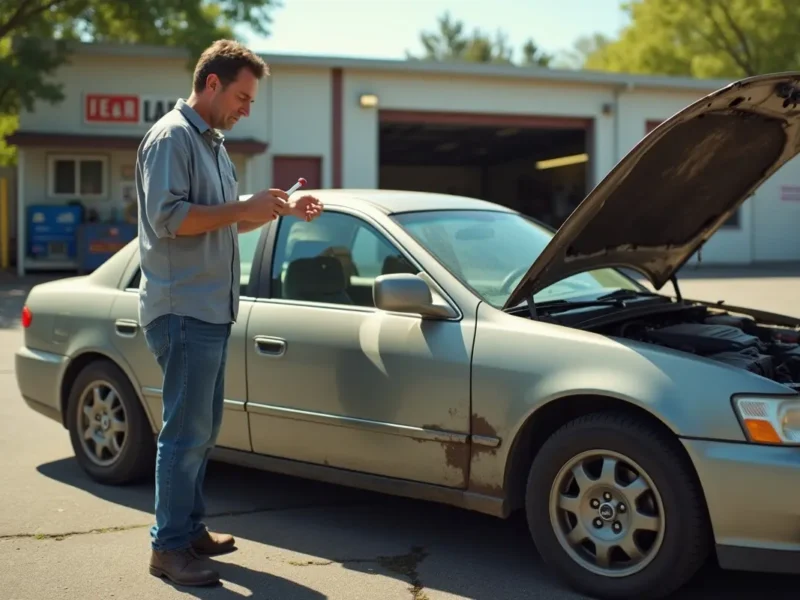When you’re pursuing a personal injury case in New Mexico, understanding the state’s comparative negligence law is critical. This law can significantly influence the outcome of your case, determining the compensation you may receive for your injuries. Below, we’ll explore what comparative negligence is and how it operates within New Mexico’s legal landscape.
Contents
Understanding Comparative Negligence
Comparative negligence is a legal concept used to allocate fault in personal injury cases where multiple parties may be responsible for an accident. It assesses the percentage of fault of each party involved and reduces the compensation accordingly.
Is New Mexico a Pure Comparative Fault State?
New Mexico follows a “pure comparative fault” system, which impacts personal injury cases where multiple parties share responsibility for an accident. In this system, a damaged party has the ability to recover damages regardless of their degree of fault, even if they are 99% responsible. The recoverable damages, however, are proportionally reduced based on the plaintiff’s assigned percentage of fault.
This means that the compensation a plaintiff can receive is directly influenced by the percentage of fault attributed to them, emphasizing the importance of understanding and navigating the nuances of New Mexico’s comparative negligence laws in personal injury cases.
How Are Damages Calculated?
The impact of New Mexico’s comparative negligence law on personal injury claims is significant, particularly when calculating damages. In a hypothetical scenario where you are considered 30% responsible for an accident with total damages reaching $100,000, you still have the right to recover 70% of the damages, amounting to $70,000.
The Importance of Evidence
The Albuquerque personal injury lawyers at the Fine Law Firm explain how crucial evidence is in shaping the assigned percentage of fault. Gathering strong and clear evidence is essential to minimizing your attributed fault percentage.
Settlement Negotiations
The influence of comparative negligence extends to settlement negotiations outside of court. During these negotiations, insurance adjusters may leverage the law to assign a higher fault percentage, aiming to reduce the compensation they are obligated to pay. Understanding these dynamics and having a strategic approach, including legal assistance, becomes imperative when navigating personal injury claims in New Mexico.
How to Protect Your Case
Keep thorough records for your New Mexico personal injury case. Save medical records, receipts, and related correspondence. Document the impact of your injuries in a personal journal for compelling evidence.
Avoid admitting fault, as offhand comments can increase your percentage of fault. Let your attorney manage communications with third parties to safeguard your case. These steps help protect your interests and build a strong foundation for your personal injury claim.
New Mexico’s comparative negligence law can have a significant influence on your personal injury case, but it does not necessarily bar you from recovery even if you share some of the blame for the accident. By understanding how pure comparative negligence works and taking the right steps to protect your interests, you can approach your case with confidence and clarity.



